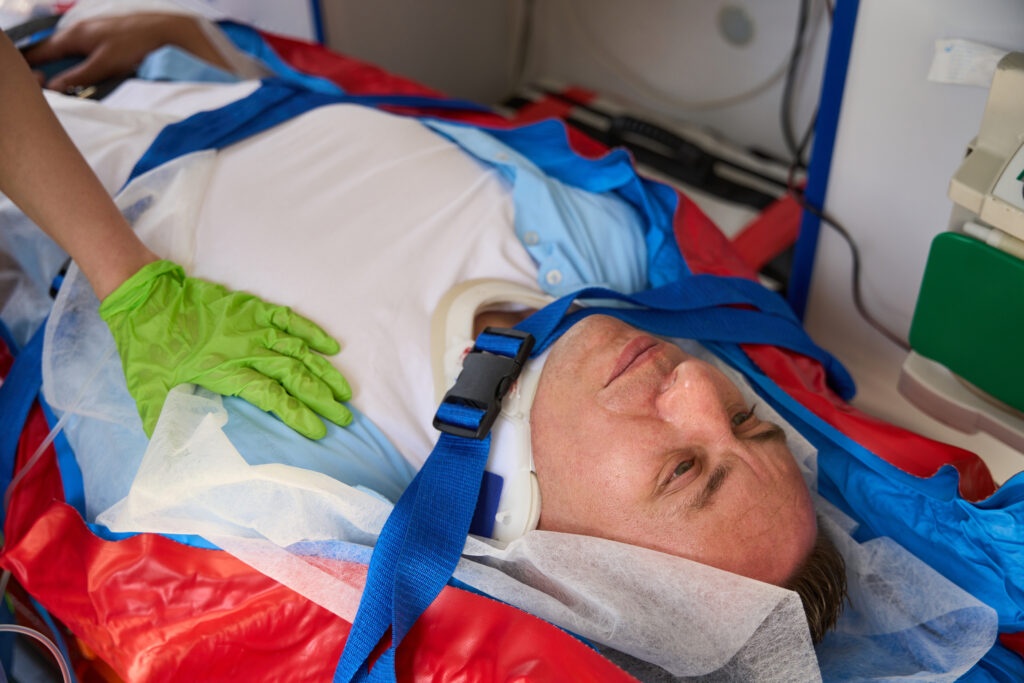
Coding Considerations for Suicide
September is the annual Suicide Prevention Month which is also a reminder to examine our coding considerations. In March of this year, the Centers for

HAC coding impacts hospital financial performance.
Hospital-acquired conditions (HACs) have been reported on hospital claims since FY 2008. Payments to hospitals ranking in the lowest-performing quartile were adjusted by 1-percent reductions beginning Oct. 1, 2014. This program is known as the Hospital-Acquired Conditions Reduction Program, and it is part of value-based purchasing.
For FY 2019, the 75th-percentile total HAC score cutoff was 0.3429. The cutoff for FY 2018 was 0.3712. From 2014 through 2018, the decrease represented a 13 percent improvement. This change signifies a difference of 99 patients out of 1,000 in 2014 to 86 patients out of 1,000 in 2018.
The HAC Reduction Program information is reported for each hospital on Hospital Compare. The aforementioned significant improvement has saved $7.7 billion in Medicare payments.
The HAC Reduction Program leverages Domain 1 and Domain 2 scores. Domain 1 includes the Centers for Medicare & Medicaid Services (CMS) Patient Safety Indicators (PSIs) 90. For FY 2019, the calculations are based on the 21-month performance period of Oct. 1, 2015-June 30, 2017, which includes only ICD-10-CM data. PSI 90 includes:
Domain 2 focuses on infections using the Centers for Disease Control and Prevention (CDC) chart abstract and lab surveillance data from the National Healthcare Safety Network (NHSN). It encompasses data on discharges taking place from Jan. 1, 2016 through Dec. 31, 2017, and includes the indicators of:
For FY 2019, the total HAC score is a weighted average of Domain 1 and Domain 2. Payment adjustments will be made for all Medicare discharges taking place from Oct. 1, 2018 through Sept. 30, 2019.
The reporting of these conditions with the associated present-on-admission (POA) indicator is what determines if the condition is a HAC. Health information management (HIM) coders should query the physician or have a discussion with their facility’s quality staff to determine if a condition is present on admission when the situation is murky. This statement is supported by the 2019 ICD-10-CM Reporting and Coding Guidelines.
HACs are a drain on any facility’s finances, as they add cost and increase the length of stay (LOS). The 2016 data revealed that 48,771 HACs resulted in 3,219 potentially avoidable deaths, with an added LOS of 8.17 days and a 72.32 percent increase in mortality. The expense of treating the HACs was $41,917 beyond the average hospital cost per HAC patient. A total of 769 hospitals had their Medicare payments reduced for FY 2017.
HIM can assist in managing this by:
Managing this program is very much a team activity. It takes knowledge of HIM and quality to improve each facility’s performance. It is important to share information, as there are differences between clinical and coding understanding. There are times when sharing information that documentation is not accurate or noting that the coder was using the physician’s staging of the pressure ulcer rather than the wound care nurse documentation is critical. The combination of quality and HIM creates a combination of performance and data
Program Note:
Listen to Laurie Johnson live today on Talk Ten Tuesday, 10-10:30 a.m. EST.


September is the annual Suicide Prevention Month which is also a reminder to examine our coding considerations. In March of this year, the Centers for

I think many have heard me discuss a common scenario with which hospitals are grappling: patients who are medically ready for discharge, but have no
Please log in to your account to comment on this article.

Sepsis remains one of the most frequently denied and contested diagnoses, creating costly revenue loss and compliance risks. In this webcast, Angela Comfort, DBA, MBA, RHIA, CDIP, CCS, CCS-P, provides practical, real-world strategies to align documentation with coding guidelines, reconcile Sepsis-2 and Sepsis-3 definitions, and apply compliant queries. You’ll learn how to identify and address documentation gaps, strengthen provider engagement, and defend diagnoses against payer scrutiny—equipping you to protect reimbursement, improve SOI/ROM capture, and reduce audit vulnerability in this high-risk area.

Only ICD10monitor delivers what you need: updates on must-know changes associated with the FY26 IPPS, including new ICD-10-CM/PCS codes, CCs/MCCs, and MS-DRGs, plus insights, analysis and answers to your questions from two of the country’s most respected subject matter experts.

This third session in our 2026 IPPS Masterclass will feature a review of FY26 changes to the MS-DRG methodology and new technology add-on payments (NTAPs), presented by nationally recognized ICD-10 coding expert Christine Geiger, MA, RHIA, CCS, CRC, with bonus insights and analysis from Dr. James Kennedy.

This second session in our 2026 IPPS Masterclass will feature a review the FY26 changes to ICD-10-PCS codes. This information will be presented by nationally recognized ICD-10 coding expert Christine Geiger, MA, RHIA, CCS, CRC, with bonus insights and analysis from Dr. James Kennedy.

Federal auditors are zeroing in on Inpatient Rehabilitation Facility (IRF) and hospital rehab unit services, with OIG and CERT audits leading to millions in penalties—often due to documentation and administrative errors, not quality of care. Join compliance expert Michael Calahan, PA, MBA, to learn the five clinical “pillars” of IRF-PPS admissions, key documentation requirements, and real-life case lessons to help protect your revenue.

During this essential RACmonitor webcast Michael Calahan, PA, MBA Certified Compliance Officer, will clarify the rules, dispel common misconceptions, and equip you with practical strategies to code, document, and bill high-risk split/shared, incident-to & critical care E/M services with confidence. Don’t let audit risks or revenue losses catch your organization off guard — learn exactly what federal auditors are looking for and how to ensure your documentation and reporting stand up to scrutiny.

Learn how to navigate the proposed elimination of the Inpatient-Only list. Gain strategies to assess admission status, avoid denials, protect compliance, and address impacts across Medicare and non-Medicare payors. Essential insights for hospitals.

RACmonitor is proud to welcome back Dr. Ronald Hirsch, one of his most requested webcasts. In this highly anticipated session, Dr. Hirsch will break down the complex Two Midnight Rule Medicare regulations, translating them into clear, actionable guidance. He’ll walk you through the basics of the rule, offer expert interpretation, and apply the rule to real-world clinical scenarios—so you leave with greater clarity, confidence, and the tools to ensure compliance.
Prepare for the 2025 CMS IPPS Final Rule with ICD10monitor’s IPPSPalooza! Click HERE to learn more
Get 15% OFF on all educational webcasts at ICD10monitor with code JULYFOURTH24 until July 4, 2024—start learning today!
CYBER WEEK IS HERE! Don’t miss your chance to get 20% off now until Dec. 2 with code CYBER24